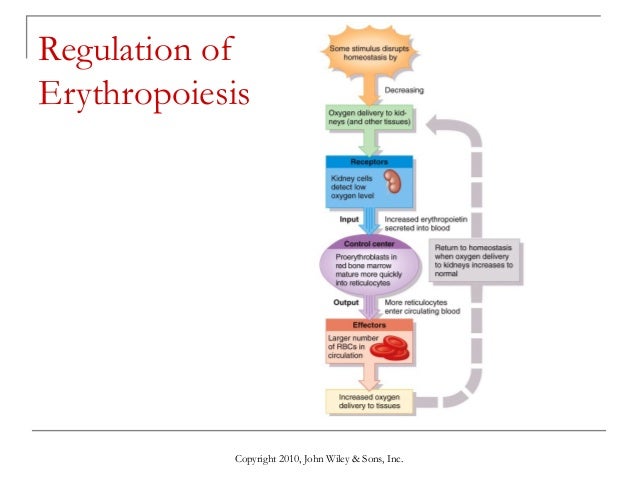DEEP VEIN THROMBOSIS .
DEFINITION : Deep vein thrombosis occurs when blood clot forms and blocks a deep vein . Most commonly a vein of the leg or pelvis is affected . Every year , 1 out of 1000 person is afflicted among the populations of the Europe and the US . The risk increases with age . Women are affected more often than men . The most significant and dangerous complication of deep vein thrombosis is pulmonary embolism .
COMPLICATION THROUGH PULMONARY EMBOLISM : When a clot detaches from the vesel wall , it may travel with the bloodstream into the pulmonary circulation and causes heart failure by blocking a pulmonary artery . Symptoms of pulmonary embolism includes shortness of breath , chest pain , coughing , restlessness, and paleness .
DEVELOPMENT OF DISEASE : Damage to the vessel walls , deceleration of blood flow and a change in blood composition lead to an aggregation ( clumping together ) of the blood platelets ( thombocytes ) . The clot which have formed is enmeshed in a network of protein fibers ( fibrin ) , in which red blood cells may accumulate .

RISK FACTORS : The main factors contributing to the formation of deep vein thrombosis
are :
- Restricted mobility through plaster casts ; paralyses and injuries - Lack of exercise due to restricted mobility - Increased susceptibility to clotting after surgical interventions
- Pregnancy or chilbed - Vein obstruction due to obesity or tumors
- Use of oral contraceptives , particularly in combination with nicotine consumption .
FUNCTION OF MUSCLE PUMP :
A) Leg vein in lying position ; venous valves are open , the blood will flow freely to the heart.
B) Leg vein in standing position , muscle contraction phase : The venous valves above the contracted muscle fibers open . the blood flows towards the heart . The lower valve closes and prevents blood from flowing in the opposite direction ( retrograde flow ) .
C) Leg vein in standing position , muscle relaxation phase : The venous valves in the area of relaxed muscle fibers opens , the blood flows towards the heart . The column of the blood closes the valve from above and prevents blood from flowing in opposite direction
( retrograde flow ) .
SIGN & SYMPTOMS : Pain or tenderness, swelling, warmth, redness or discoloration, and distention of surface veins, although about half of those with the condition have no symptoms. Signs and symptoms alone are not sufficiently sensitive or specific to make a diagnosis, but when considered in conjunction with known risk factors, can help determine the likelihood of Deep vein thrombosis . In most suspected cases, DVT is ruled out after evaluation, and symptoms are more often due to other causes, such as cellulitis, Baker's cyst, musculoskeletal injury, or lymphedema. Other differential diagnoses include hematoma, tumors, venous or arterial aneurysms, and connective tissue disorders .
PREVENTATION OF DVT : The main measure for preventing deep vein thrombosis is to support the venous bloodstream to the heart . This normally occurs through activation of the calf muscle pump while walking . For bedridden persons , the following measures help to prevent thrombosis :
- Injections of anticoagulants
- Compressions stockings
- Physiotherapeutic mobility exercises in bed
- Earliest possible mobilization
TREATMENT : Immobilization of the patient , administration of compression bandages , administration of anticoagulant drugs and painkillers are measures taken to prevent pulmonary embolism and the formation of new blood clots and to minimize swelling and
pain .
PREVENTATION OF PULMONARY EMBOLISM : If pulmonary embolism occurs repeatedly despite administration of anticoagulants , a so called vena cava umbrella filter can be inserted into inferior vena cava through clavicular or femoral vein .This filter prevents clots from travelling from the leg or pelvic veins into the lungs .


